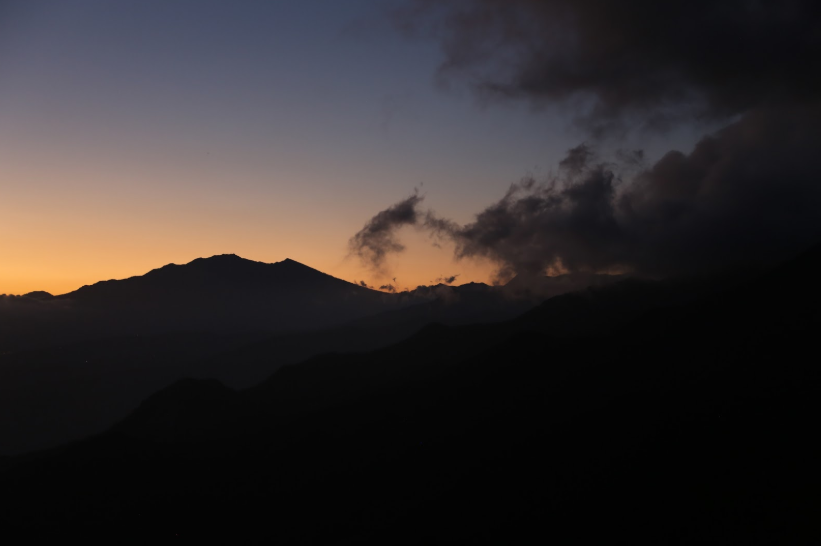Here’s a friendly, flowing two-week Panama budget guide with three realistic scenarios (shoestring, midrange, comfy), typical prices you’ll actually see in shops and hostels, and a quick comparison to Southeast Asia and Costa Rica so you know where Panama sits on the price spectrum.
If you’re trying to squeeze every dollar, the shoestring plan is built around dorm beds, cooking in hostel kitchens, cheap local food stands, and public buses. Dorm beds in Panama can be surprisingly affordable — you’ll find many hostels advertising beds from roughly $8–$15 a night in smaller towns and sometimes cheaper deals in Panama City if you hunt. Most of those hostels explicitly list communal kitchens so you can prepare breakfast and dinner and cut costs further. With a dorm bed, a few supermarket meals, a couple of cheap restaurant lunches, cheap city buses and the occasional paid activity, a sensible shoestring estimate is about $30–$45 per day, which puts a 14-day trip in the $420–$630 range. This assumes you buy basics from supermarkets (rice, eggs, noodles) and share cooking — a local 0.5 L supermarket beer will often run around $1.40–$2 and a six-pack of local beer can be found for a few dollars, so booze doesn’t have to blow your budget if you stick to store prices.
For travelers who want a bit more comfort — private rooms some nights, a few guided tours (cloud forests, boat trips to islands), faster transport when needed, and nicer dinners — the midrange plan is a common sweet spot. Expect to mix dorms and private guesthouse rooms or budget hotels at $25–60 a night, eat a mix of local “comida” and midrange tourist restaurants where meals typically run $7–$14, and budget for intercity buses or an occasional domestic flight when time is tight. A realistic midrange daily figure is $60–$100 per day; for two weeks that’s about $840–$1,400. This gives flexibility for paid excursions (snorkeling, national park fees) and a few nicer evenings out without feeling pinched. Note that many hostels and guesthouses include kitchens or at least communal cooking spaces, which remains one of the best ways to keep food costs down even at midrange.
If you prefer a relaxed, comfortable trip — private rooms at small hotels or boutique eco-lodges, guided multi-day tours, a few domestic flights to save travel time, and dining mostly in better restaurants — budget about $150–$250 per day. For 14 days that equals roughly $2,100–$3,500. These numbers let you stay in nicer places (some of the better eco-lodges and boutique hostels charge significantly more), join premium island or national-park trips (Coiba and Bocas tours, specialty diving), and eat out frequently while still tipping and paying for convenience (taxis, private shuttles) when you want it. Average traveler surveys show Panama often lands in the mid-range expense category overall — it’s not as cheap as the cheapest backpacker countries, but not as pricey as many high-end regional options.
Let’s make those daily numbers tangible with real examples you’ll encounter. A simple local breakfast of eggs and tortillas from a small comedor is commonly $2–$5. Lunch at a tourist-oriented spot or a midrange cafe is often $7–$14; street food and hole-in-the-wall places are cheaper. Supermarket staples — rice, pasta, eggs, local coffee and a few vegetables — are quite affordable, and many travelers report supermarket beer prices as low as about $1.40 per 0.5 L bottle on average, with six-pack deals in the low single-digit to mid single-digit range depending on brand and store. Those supermarket savings multiplied over two weeks make a real difference if you cook several meals.
Transport-wise, intracity travel is cheap: local bus rides inside cities are usually measured in quarters (around $0.25) for standard routes, while longer corridor or airport routes cost more (some routes up to about $1–$1.25 inside urban networks) and intercity bus rides commonly go from under $1 for short hops to a few dollars for longer trips; short domestic flights (e.g., David to Panama City) are available but can cost $80–$150+ depending on sales and season. If you’re on a shoestring plan you can rely almost entirely on buses and save a lot; if you’re on a midrange or comfy plan you may trade some travel time for occasional flights. Budget accordingly for any long transfers, and remember that long intercity bus trips make great scenery days but take more time.
A practical two-week packing of money looks like this: for a shoestring traveler bring enough to cover $420–$630 in daily expenses plus a $100–$200 buffer for activities or emergencies, and consider a preloaded debit/credit card for larger purchases. Midrange travelers should plan $840–$1,400 plus $300–$500 buffer for tours and occasional splurges. Comfy travelers should plan for the $2,100–$3,500 band plus a larger buffer for extra tours, gear rental (scuba), and tipping. Most places accept cards for hotels and nicer restaurants, but cash is king for buses, small eateries, markets, and tips, so bring some US dollars (Panama uses the balboa pegged to USD) and keep them secure.
A couple of other money-saving tips that actually change the numbers: many hostels have kitchens and free breakfast, which lets you replace two restaurant meals per day with groceries and save $10–$20 daily; shop at local supermarkets or mercados for staples (local coffee, rice, eggs) rather than imported goods; and take public buses for intercity legs when you have time — these choices are the biggest levers to stay on the low end of the budget. Conversely, guided tours, inter-island boats, and scuba diving are where most budgets swell quickly, so if you want to dive Coiba or take a multi-day island hop budget an extra $100–$400 for those specific trips.
How does Panama compare to Southeast Asia? Southeast Asia remains one of the cheapest long-term backpacking regions — budget backpackers commonly report $20–$35 per day in countries like Vietnam, Cambodia and parts of Thailand, driven by extremely low accommodation and street-food prices. Panama is pricier than that: even shoestring Panama travel typically runs higher because imported goods and tourism infrastructure in Central America cost more than in much of mainland Southeast Asia. If you’re choosing between the two for cost alone, Southeast Asia will generally let you travel longer on the same funds.
And compared to Costa Rica, Panama is usually the more wallet-friendly neighbor. Costa Rica has positioned itself as a higher-cost eco-tourism destination with pricier transport, park fees and services; cost-of-living comparisons show Costa Rica (San José, for instance) trending noticeably more expensive than Panama City in several categories like transport and some services. So if you like Central American nature and want a slightly cheaper option than Costa Rica — while still enjoying good infrastructure and quick domestic travel options — Panama is a smart middle ground.
To finish with a quick, practical checklist in prose: if you’re shoestringing, lock in cheap hostels with kitchens, buy supermarket six-packs and cook, use buses, and carry $420–$700 for two weeks. If you want comfortable but not extravagant travel, expect $840–$1,400 and pick a few paid trips. If you want relaxed comfort with guided tours and private rooms nightly, plan $2,100+ and treat domestic flights and diving as add-ons. Panama sits above Southeast Asia on cost but below or comparable to Costa Rica, and the biggest budget wins are cooking, choosing buses, and limiting high-cost activities. Have a blast planning — Panama’s diversity (city, mountains, Pacific and Caribbean coasts) rewards travelers at every budget level.

